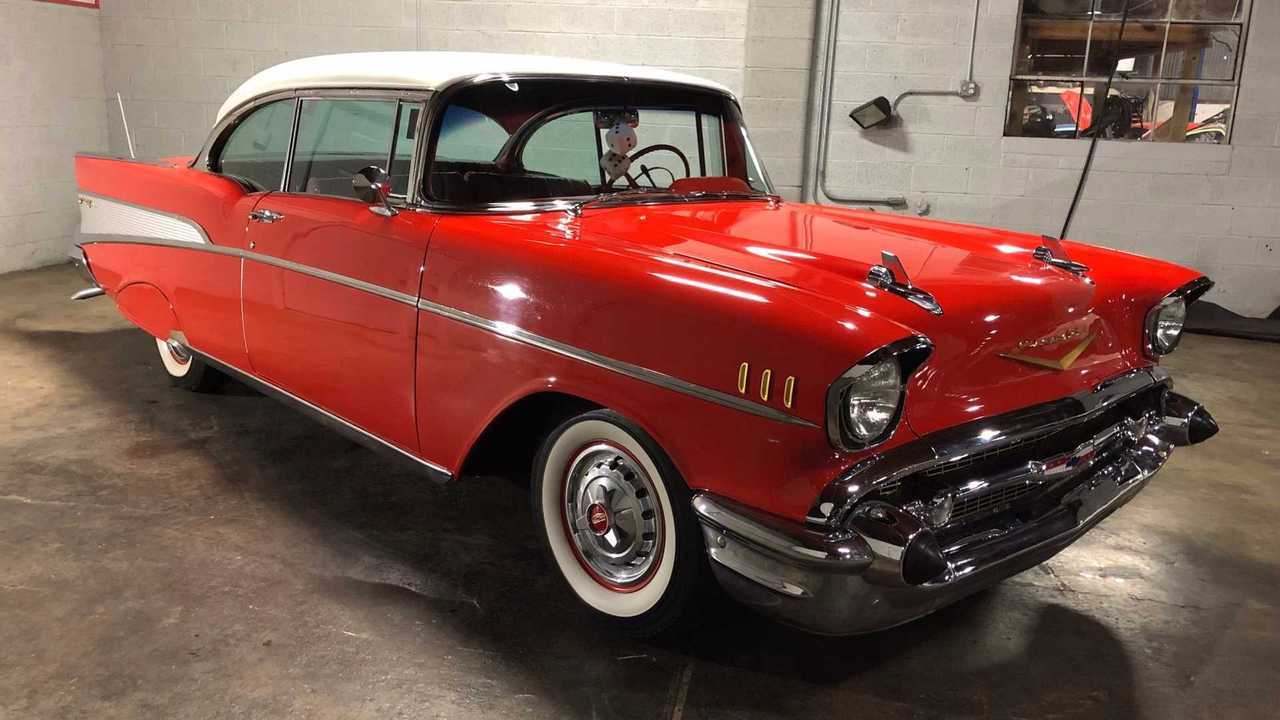This Bel Air is a perfect example of an era!
The 1957 Chevrolet Bel Air is easily the most recognizable car from the era. It was king of the quintessential Tri-Five line that brought the world the drool-worthy mid-50s Chevy body style. This particular example has undergone the proper work to make it a perfect example of the most iconic car to roll out of the 1950s.
1957 represents the most popular year model for the Tri-Five family, and more specifically the Chevy Bel Air. The headline for the 1957 year model was the availability of the V8 283 cubic inch engine, which is the bored out version of the 265. While the 162-horsepower 265 cubic-inch was still available for that year, the 185-horsepower 283ci engine was more popular, for obvious reasons.
This particular 1957 Bel Air is equipped with the four-barrel optioned engine with 9.5:1 compression, and a dual exhaust that resulted in a higher 220-horsepower - a restored feature that was a result of meticulous restoration - backing the engine is a two-speed Powerglide automatic transmission. The project took three years to complete back in 1999, and was based on a copy of the original window sticker.
Part of the restoration also meant restoring the car back to its original Matador Red and India Ivory - a very striking combination! Since the car was fully loaded from the factory, all of those options were maintain or restored, like the Power Pack engine option, air conditioning, and electric wipers. The year correct carburetor was rebuilt and the fuel pump was replaced. Many of the gaskets and shift seal have been replaced to prevent leaks. Both the transmission and motor mounts have been replaced.

While keeping the original condition was vital, some parts were upgraded, like the power front disc brakes with new master cylinder, a Vintage Air system to take duty over the car’s HVAC, and 10 disc CD player to accompany the hidden audio system.

Adding to the appeal of all this is careful documentation, so the next owner will know exactly what they have and all that has been done. The documentation on all of the work done goes back to 1994, and there are original news clippings from 1999, and pictures of the build progress offered by Savannah Classic Cars.






